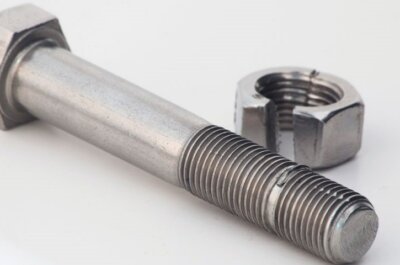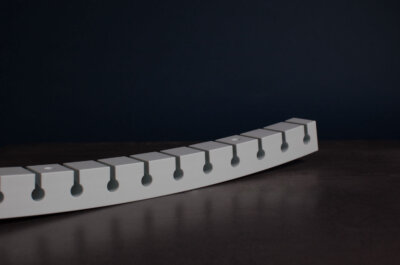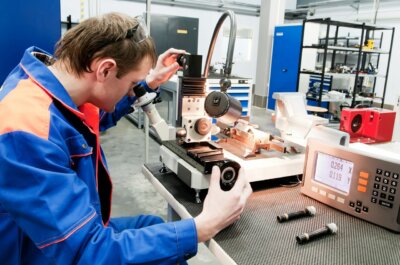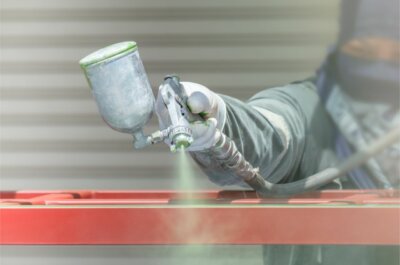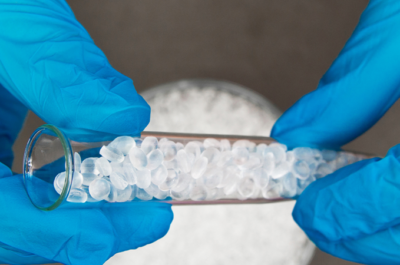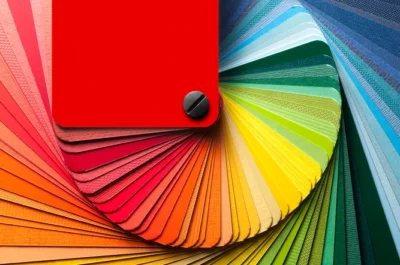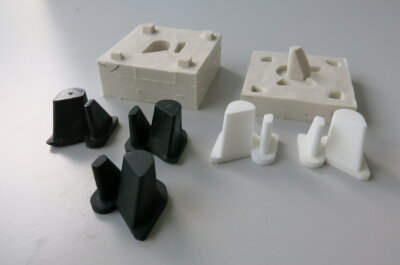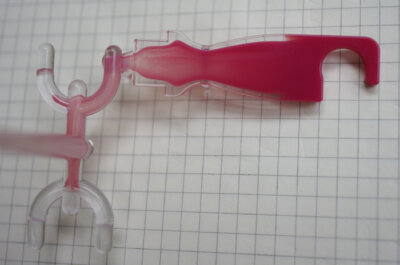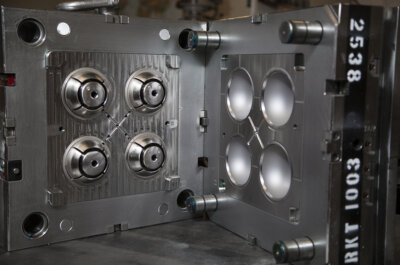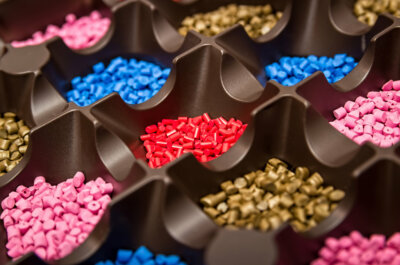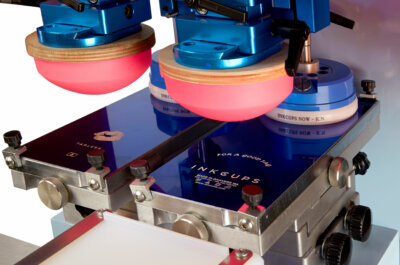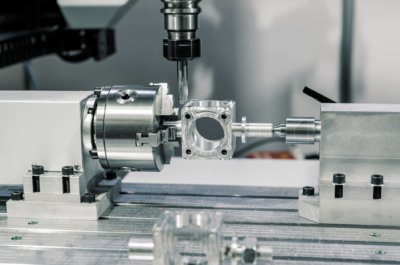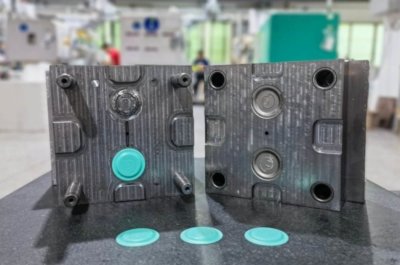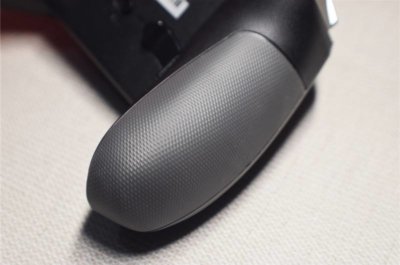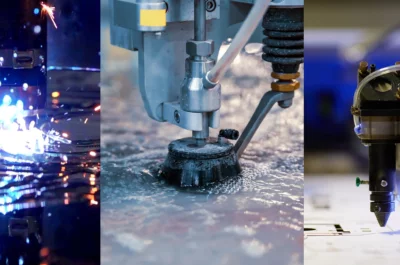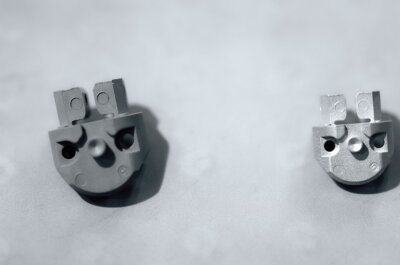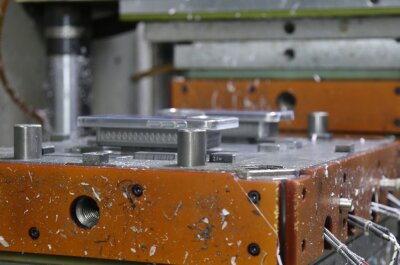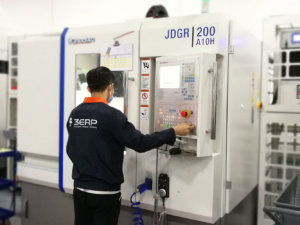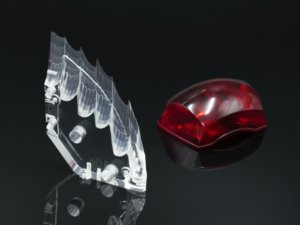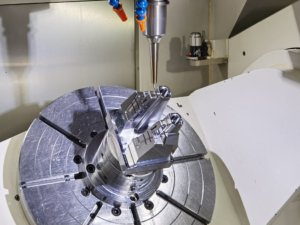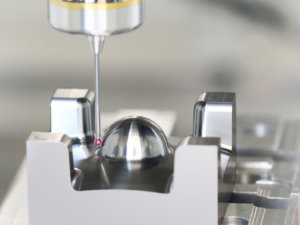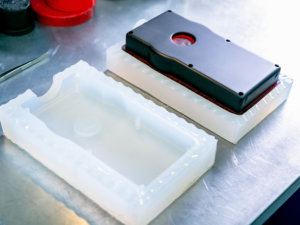Galling is a common problem with metal parts. It happens when two sliding metal surfaces unexpectedly stick to one another, causing frictional damage and ultimately unwanted cold welding. Most often seen in sliding parts like threads, fasteners, bearings, cylinders, and pistons, galling can also occur during metalworking — when microscopic pieces of the workpiece adhere […]
Injection molding can process a wide range of materials. In addition to metals and thermosets, injection molding is suited to a large number of thermoplastic polymers, from commodity polymers like ABS to high-performance materials like PEEK. Engineers will select a thermoplastic based on the requirements of the molded part. Some moldings need to be impact-resistant, […]
For many parts and products, a First Article Inspection (FAI) forms an important part of the quality assurance process. Parts manufactured by a third party should match up to the engineer’s designs, and an FAI is a way of making sure that this is the case. But how exactly does a First Article Inspection work? […]
Metal parts made using processes like CNC machining can be colored in different ways to meet customer specifications. For common metals like aluminum, two of the most common metal coloring techniques are powder coating and painting. Each coloring process has its own advantages and disadvantages, though both are suitable for most metals. They are more […]
Coextrusion or co-extrusion is a plastic manufacturing process that uses two or more extruders to make a single extrusion. It is used to make extrusions with the material properties of two different plastics. The coextrusion process is used in the production of films, multilayer tubing, food packaging, and other applications where a combination of polymers […]
The injection molding process is ideal for making large batches of identical colored parts. Because pigments can be mixed into the molding material prior to production, there is generally no need for secondary finishing processes like painting or plating. Furthermore, the color goes through the entire part, not just the surface layer, so parts retain […]
Regularly used for professional or industrial plastic prototypes, the process of urethane casting is also a godsend for hobbyists who want to make small plastic miniatures, models, toys, and figurines. With a good level of detail and very low up-front costs compared to injection molding, urethane casting could be your next solution for tabletop gaming […]
Engineers often require different material properties across different regions of a part, and they can achieve this goal in various ways. Often, parts will be designed as separate components that can be assembled using glue or fasteners. One component of the assembly may be made from a soft, pliable material, while another might be made […]
Many injection molding parts are made using single-cavity tooling. That is, each mold core and cavity is designed to produce a single component for each shot of molten plastic. But this doesn’t have to be the case. Some molds contain multiple cavities, which means that multiple components can be formed with each shot of plastic. […]
Thanks to its material versatility and efficiency, injection molding is the most widely used manufacturing process for plastic parts. It is most commonly used to process thermoplastic polymers, but can also be used for thermosets and elastomers. Injection molding is also one of the best manufacturing processes for processing polymer blends. Polymer blends are mixtures […]
Pad printing, a form of surface finishing available for parts produced via CNC machining, injection molding, and other processes, is a unique printing process suitable for printing on 3D shapes with non-flat surfaces. Fast and repeatable, pad printing allows for a 2D image or pattern to be printed onto a 3D object. It is a […]
CNC milling machines have revolutionized manufacturing, enabling the creation of complex parts with unprecedented precision. But what makes these machines tick, and how do they achieve such remarkable accuracy in producing CNC milling parts? In this blog post, we’ll dive into the world of CNC milling, exploring the core components, axes, tools, and support systems […]
Rapid tooling enables engineers to get moldings much faster than they would with production molds. Via machining or additive manufacturing, rapid tooling massively reduces toolmaking lead times, making it possible to obtain accurate prototypes of molded parts or even low-volume production parts. There are many key advantages to using rapid tooling systems. First and foremost, […]
Overmolding, the process of molding one material over a substrate made from another material, is a highly useful form of multi-material plastic injection molding. By combining soft and hard materials, overmolding makes it possible to make durable tools with soft hand grips, industrial components with built-in seals, and parts with high-friction surfaces. However, before making […]
For industrial manufacturing processes like sheet metal fabrication, machinists have several pieces of cutting equipment available to them. In addition to standard CNC machines that use sharp metal cutting tools, there are other options such as laser cutters, water jet cutters, and plasma cutters. Each of these industrial tools has its own unique advantages and […]
While injection molding is principally used to make plastic parts, the process is also highly effective for manufacturing large volumes of intricate metal components. Metal injection molding (MIM), a variant of the traditional injection molding process, has numerous advantages and can be carried out using standard plastic injection molding machines. However, it is not always […]
The majority of parts made using injection molding are rigid plastic components. Typically, these parts are made from thermoplastics like ABS or PC, with different plastics offering different material properties to suit different applications. However, injection molding can also be used to make flexible moldings: parts that are soft, pliable, shock-absorbing, ductile, or elastic. Products […]
